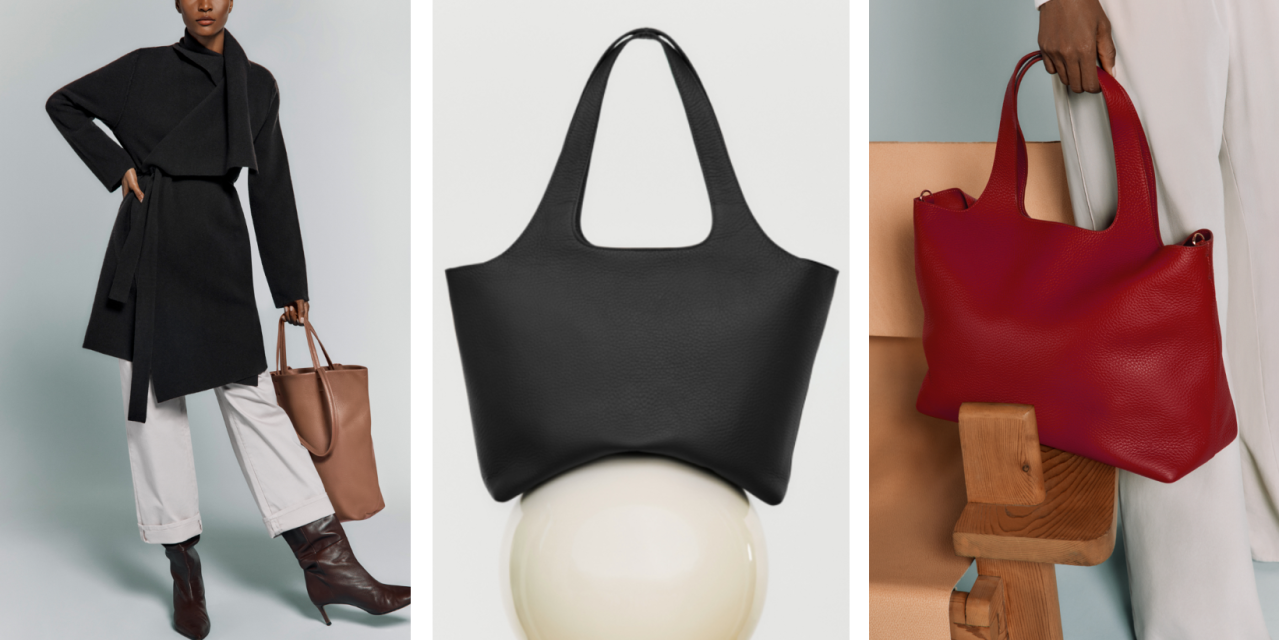More DTC brands are testing try-before-you-buy programs

Startup DTC brands are trying to offer new customers a risk-free way to try their products. Much like Amazon’s Prime Wardrobe feature, try-before-you-buy programs allow customers to test their items for a period of time before getting charged for keeping them.
The concept isn’t necessarily new among direct-to-consumer brands, but until now was mostly applied to high end items like jewelry and watch brands. Over the past few months, fashion and beauty brands have joined the try-before-you-buy wave, partially thanks to new vendors in the space.
But the trend has been growing among DTC brands for a couple of years. Fragrance brand Snif, for instance, has become known for allowing customers to test products for seven days while they decide whether to keep them or not. While giving customers the option to return tested products is a risk, these brands are finding try-before-you-buy a worthwhile acquisition tool.
This week women’s fashion brand Cuyana, known for its leather goods, launched a handbag try-before-you-buy program at its Fillmore store in San Francisco.
Cuyana co-founder and CEO Karla Gallardo told Modern Retail that the brand’s new offering fits within its “fewer, better” marketing ethos.
Cuyana’s products sit at the mid-range price points — the brand’s best-selling System Tote costs $298 — which Gallardo said are positioned as investment pieces. Thus, the new tryout program is meant to lower the barrier of entry for Cuyana bags. Participants in the program are allowed to trial one bag at a time for seven days, and can then choose to purchase their chosen bag, test a new one or skip purchasing altogether.
“Through allowing our community to trial a bag of their choice for a week’s time, we hope that this allows them to find the very best investment piece to suit their lifestyle needs,” Gallardo said.
Gallardo said Cuyana is testing the trial option this fall at the company’s San Francisco store. “In order for this program to be successful, it was essential for our team to have the best information possible around our bag family, with a deep understanding of how each offering differs in terms of functionality,” she said.
Cuyana will be compiling real-time feedback from participants in the coming months to gauge its popularity. “If we find that the trial period works well for our customer and helps to inform her purchasing decisions, it’s something that we will absolutely consider for our additional store locations,” Gallardo said.
Another brand is already seeing their bet on try-before-you-buy paying off.
DTC clothing company Goodlife began piloting its “try now, pay later” in March, in which customers can keep an item for a week before their payment method is charged. This month, the program became permanently adopted by Goodlife.
Goodlife co-CEO Andrew Codispoti said that these trial programs are a creative way to differentiate a brand from competitors. Originally, the program was intended as a customer acquisition tool, Codispoti said, but that the company saw more interest than expected from returning customers. First-time customers make up 60% of try now, pay later orders. Since launching the pilot test, roughly 88% of Goodlife’s customers have kept their entire try now, pay later orders.
Goodlife is working with Shopify Plus vendor TryNow to fulfill the program. TryNow raised $12 million last year with the goal to become the Prime Wardrobe-like vendor for e-commerce brands. Some of TryNow’s clients include women’s clothing brand Universal Standard and swimwear company Solid & Striped.
“At first I had reservations about testing it because I was worried our return rate would skyrocket,” Codispoti said. There are also some logistical challenges associated with offering customers try-before-you-buy, Codispoti said. The main obstacle is the increase in the quantity of items sent out alongside regular orders, along with potentially handling more returns. These are some of the reasons Goodlife turned to TryNow to handle its program’s fulfillment, rather than trying to do it in-house.
But so far, Goodlife’s try now return rate is 12%, “which is tolerable, given that our average return rate sits around 7-8%,” Codispoti said. Currently, 15% of the company’s orders include an item marked as try now.
The try now, pay later program also unveiled some unforeseen insights for Goodlife. Codispoti explained that while first-time customers gravitate towards the brand’s core t-shirt collections, existing Goodlife customers have been using the program to try out seasonal styles. “This offering is allowing us to bridge the gap between sales of our new products and popular basics,” he said.
“Next, we’re going to be pushing more ads to heavily promote try now, pay later,” Codispoti said. Over the summer, Goodlife tested digital campaigns promoting the try now, pay later experience, which reported a ROAS that was 45% higher than the brand’s typical online ads.
For consumer brands with a higher price point, Codispoti said try before you buy allows them to test the theory that when people try their products worry-free, they’ll love them enough to keep
“It’s a great way to start a customer relationship by building trust in the brand,” Codispoti said. “Especially going into a recession where people are hesitant to pull the trigger.”

